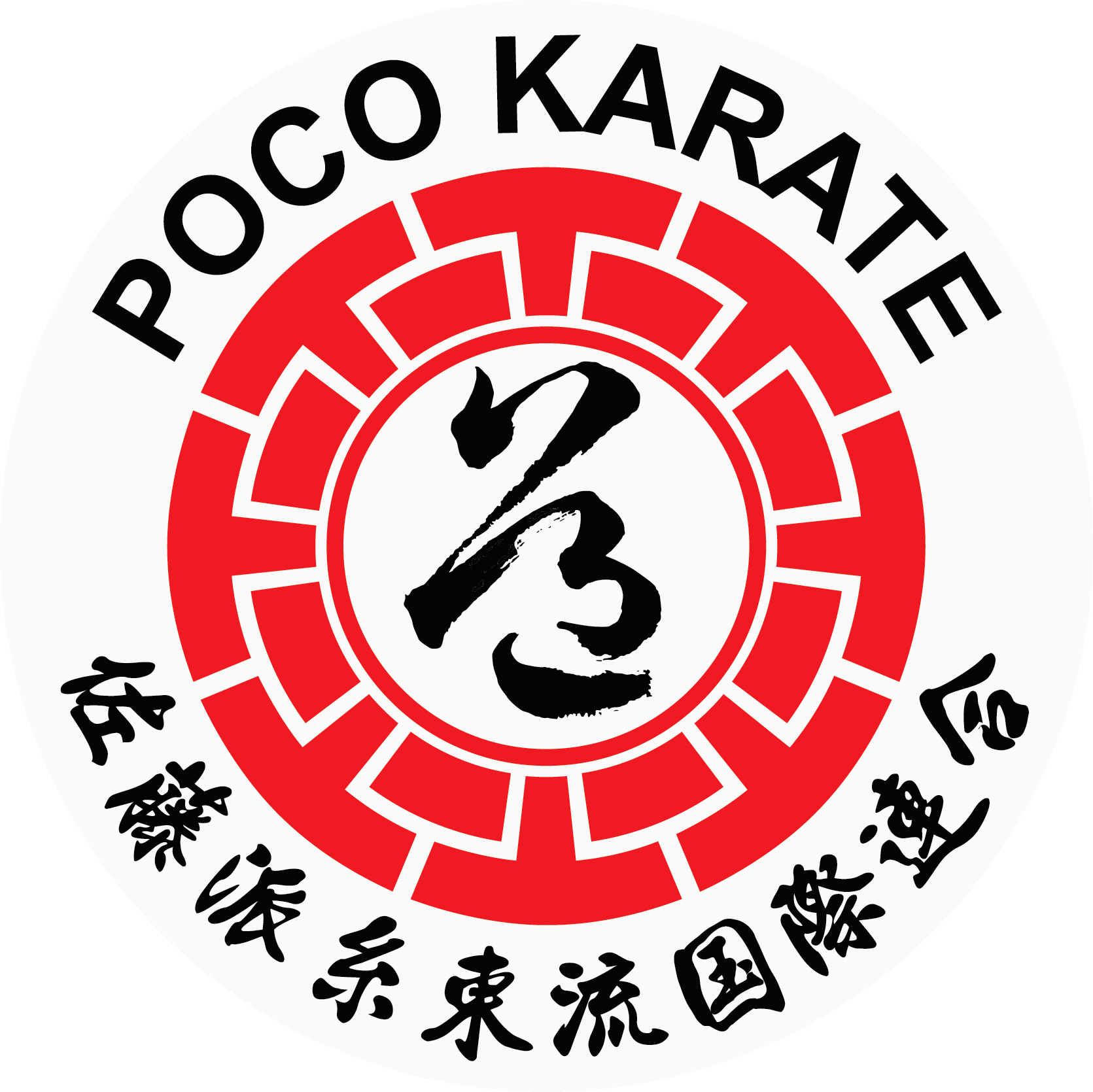As of writing this article, it is 4 days after ankle surgery to remove some large bone fragments from around my ankle. I had broken my ankle in October 2020 and was met with lengthy delays in receiving appropriate treatment due to impacts on the health care system from the COVID-19 pandemic. This meant 32 months of living with a painful injury, and having to decide how make the best of this time.
I had the support to my doctors to continue my training with some modifications to ensure that I did not cause any permanent damage. I had to avoid high impact activities and quick footwork transitions. This meant minimal jumping, running, sparring footwork exercises, just to name a few. I deliberately avoided competing in kumite (sparring) in tournaments because I was certain I would overdo things and worsen my injury. I also quite often had to break from tradition and sit improperly (or even stand) during seiza (formal sitting).
In the time since my injury, I have taught 732 Karate & Kobudo classes, participated in over 200 training sessions with my Sensei's, and competed in 5 provincial tournaments. I also had many sessions and tournaments where I had to make the tough decision to sit this one out.
Training with an injury is a delicate balance between seizing the day and protecting your future. The biggest challenge for me was in suspending my ego so that I did not push myself too hard and exacerbate my injury. The focus for my training had to temporarily shift to maintaining my health, improving techniques in alternative manners, and advancing my knowledge. As long as I was still able to participate, even if it was in a limited manner, my training was a success. In addition, because of my tendency to push myself beyond the pain barrier, if I was in pain, and I exercised the discipline to back off and stop my training, I considered this to be an even greater success.
When I was a high performance competitor in my youth, injuries were relatively infrequent, minor, and of short duration. As I entered my late 30's, I started to experience the classic repetitive strain injuries with increasing frequency and duration. I could no longer just mindlessly train at anything that was presented in a typical class. I instead had to plan my activities to ensure I had a more varied workout with adequate rest and recovery. I fully expect this to be an ongoing learning exercise in the years/decades to come.
If I had advice for any athlete that is training with injuries (with their doctor's permission), it would be as follows:
Decide your objectives for training and write them down before your training session. Remember that your goals are different than when you are in perfect health.
Advocate for yourself and let your coach and teammates know that you have limitations.
You do not have to keep up with or do the same activities as everyone else around you.
Do not feel compelled to do anything that contradicts your recovery just because an authority figure tells you to do so.
Wear something at the site of your injury (such as a wristband, an "x" made of tape, etc) as a visual reminder to yourself and others that you are injured.
Avoid competitive exercises that tempt you to overdo things.
Lastly, if you feel pain relating to your injury, always stop immediately.
I took great solace in the words of Mabuni Kenwa, founder of Shito-Ryu Karate: "Karatedo is a lifetime study". A Karateka needs to take care of themselves now so that they continue their journey on the path.



Comments